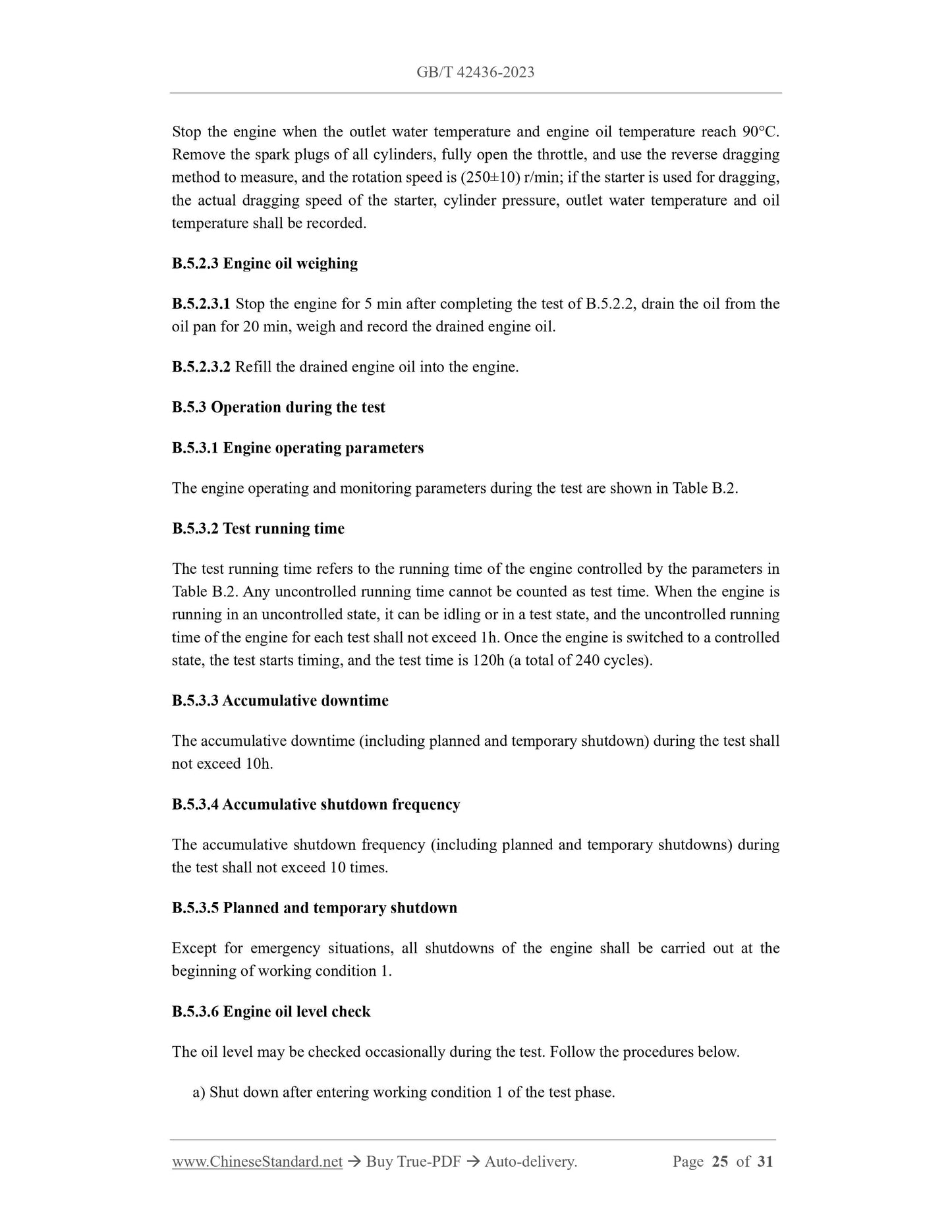1
/
of
12
www.ChineseStandard.us -- Field Test Asia Pte. Ltd.
GB/T 42436-2023 English PDF (GB/T42436-2023)
GB/T 42436-2023 English PDF (GB/T42436-2023)
Regular price
$350.00
Regular price
Sale price
$350.00
Unit price
/
per
Shipping calculated at checkout.
Couldn't load pickup availability
GB/T 42436-2023: Additives for vehicular M100 methanol fuel
Delivery: 9 seconds. Download (and Email) true-PDF + Invoice.Get Quotation: Click GB/T 42436-2023 (Self-service in 1-minute)
Newer / historical versions: GB/T 42436-2023
Preview True-PDF
Scope
This Document specifies the technical requirements, test methods, inspection rules, marking,packaging, transportation, storage and safety of additives for vehicular M100 methanol fuel.
This Document is applicable to the production and inspection of additives for vehicular M100
methanol fuel.
Basic Data
| Standard ID | GB/T 42436-2023 (GB/T42436-2023) |
| Description (Translated English) | Additives for vehicular M100 methanol fuel |
| Sector / Industry | National Standard (Recommended) |
| Classification of Chinese Standard | E31 |
| Classification of International Standard | 75.160.20 |
| Word Count Estimation | 23,294 |
| Date of Issue | 2023-05-23 |
| Date of Implementation | 2023-09-01 |
| Issuing agency(ies) | State Administration for Market Regulation, China National Standardization Administration |
Share























